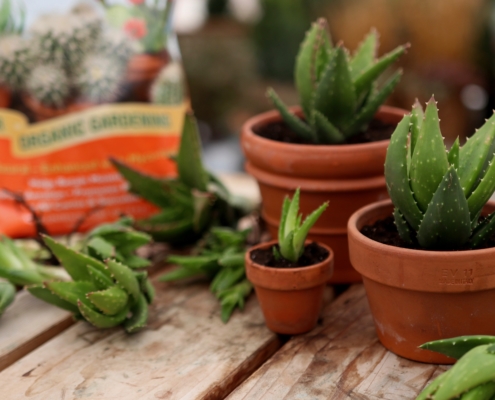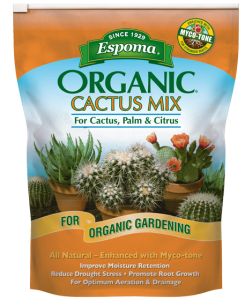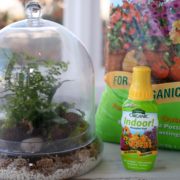Dividing Aloe for Containers
Separating large aloe plants into several smaller ones is a wonderful way to propagate new plants to share with friends and family or to use in other projects. It’s also a great way to save money. The large Gold Tooth Aloe Laura from Garden Answer divides in this video cost $22 and produced over 20 new plants.
Aloes are desert plants that are hardy in zones 9-11, or to about 20 degrees Fahrenheit. In cooler regions they may be grown in containers and brought indoors for the winter. Aloe is a clump-forming plant meaning they naturally produce many baby plants called offsets. Mature plants flower in late spring and early summer with bright orange-red blossoms that attract pollinators.
Six Steps to Separating the Offsets
- Gently slide the plant out of its container
- Wear gloves when handling succulents with sharp foliage
- Carefully tease the soil away from the roots
- Select an offset and follow its stem down to the spot that it’s attached to the main plant
- Break it off with gentle pressure, take your time to remove all of the others
- Remove dead, damaged or dried up leaves
Replanting the Mother Plant
It is always best to use fresh soil when repotting since the nutrients in the nursery potting soil are likely used up. All succulents and cacti need a free-draining, organic, potting soil like Espoma’s Cactus Mix. Roots will rot in wet soil. The main plant will still have plenty of roots and can be repotted. Wait to water it for about a week to allow the leaf scars to callous over. This helps to prevent disease and infections.

Photo courtesy of Garden Answer
Replanting the Offsets
The offsets all have open wounds where they were broken off from the main plant. The wounds need several days to dry and callus over. One method involves letting them dry on a table in bright, but indirect sunlight for 5-7 days before planting. They may also be planted right away but not watered in for a week.
Care and Feeding
Aloe prefers full sun to light shade. These plants are drought-resistant but container plants benefit from some extra water during the hottest days of summer. Feed regularly with an organic fertilizer like Espoma’s Cactus! Always follow the package directions.
Check out these blogs for more information about growing succulents and the secrets to their care.
Easy, Breeze Houseplants the Cool Your Home
How to Care For Succulents and Cacti in Winter
Succulent Success – What’s the Secret?
Espoma Products:









